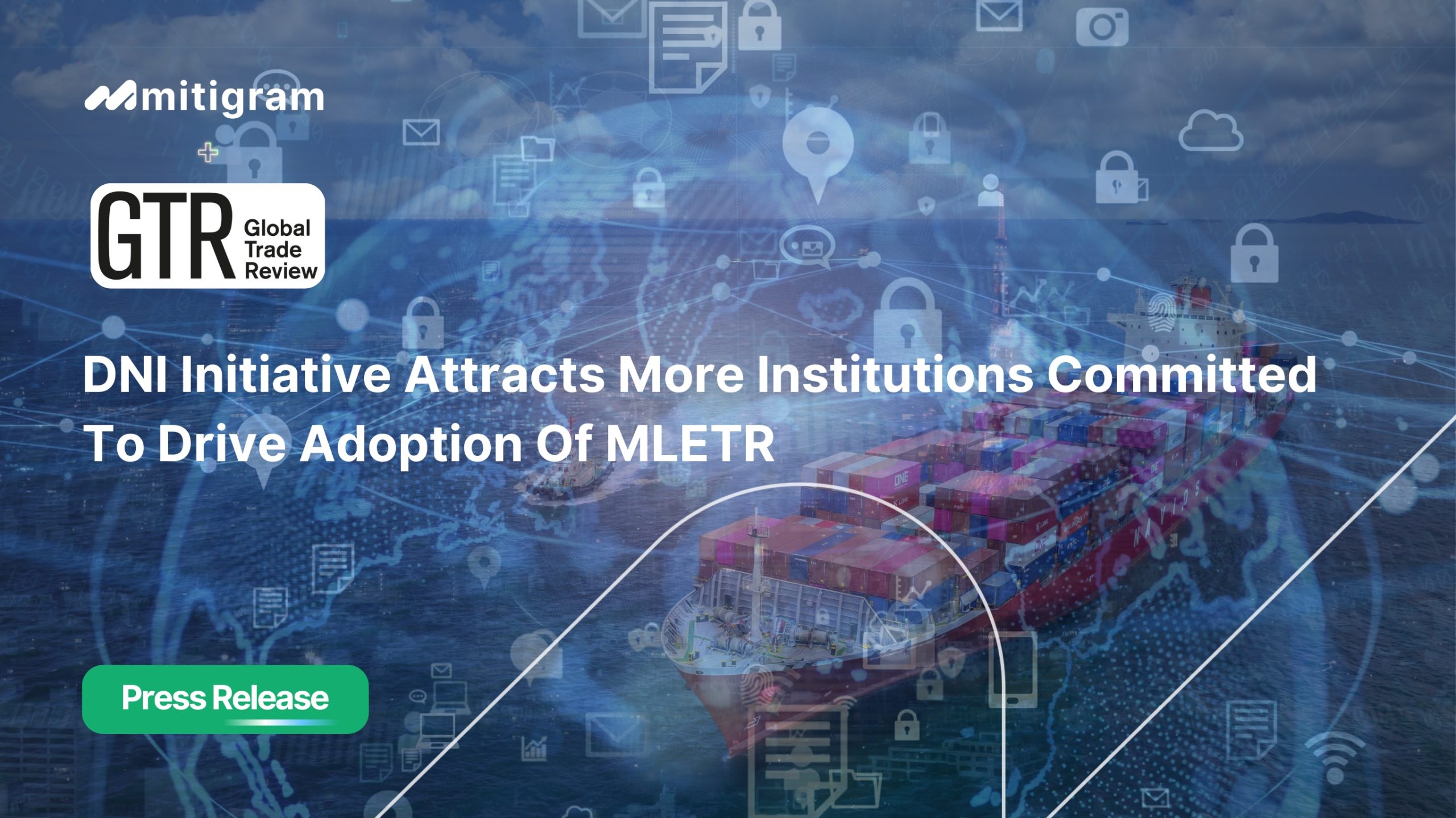
Mitigram is a leading digital platform in global trade financing, headquartered in Sweden. Already used by over 200 multinational corporations, leading commodity traders and financial institutions, Mitigram enables the assessment of real-time risks, capacity and pricing from partner banks, while leveraging Swift connectivity, APIs and fast-learning AI to deliver the best possible financing access and execution, regardless of instrument, bank, format or channel.Since its commercial launch in 2016, Mitigram has enabled over US$75bn in trade flows, facilitated trade in over 100 markets and covered risks on over 1,000 financial institutions worldwide.
In this Industry Perspective, chief executive Milena Torciano discusses the emergence of so-called ’digital islands’ amid a rush to digitise trade, the barriers to digitisation and changes in demand during the Covid-19 pandemic.
Torciano: It’s a significant breakthrough. As well as customers being able to sound out the market and request quotes from any bank in the world via the Mitigram interface, now they can manage the complete end-to-end trade finance execution. That’s extremely powerful.
Today, even the biggest corporations and commodities traders are still handling trade financing entirely manually. That’s not just prone to risks; it’s cumbersome and fragmented too. Mitigram changes that. With us, customers can digitalise trade financing processes from market and counterparty discovery all the way to settlement and payment.
The Mitigram platform is distinct in that together with only three other corporate platforms in the world, we support Swift for corporate for trade connectivity. But what sets us further apart is that we have also developed advanced data handling capabilities using AI, so as a corporate you are not relying just on the Swift channel to digitalise your processes.
Torciano: It’s fundamental. A lot of platforms are building silos, be it Swift – a bigger silo, but still a silo – be it a vendor proprietary network such as Komgo or Bolero, or a particular blockchain network such as Contour.
Whilst those are great technologies, the fact is whole market adoption has never been achieved in trade finance. It’s too complex and too diverse. The formats being exchanged are so different, the counterparties involved so numerous and from so many parts of the world that one common technology standard and platform is not a realistic outcome.
Complexity holds us back from embracing one single technology or one single platform. Our industry spans more than 100 markets and over 100 legal frameworks. And that’s before you take the diversity of different cultures, technological readiness and regulations into consideration.
In our view, being channel agnostic is key. That, and ensuring interoperability of the platform. This has been our philosophy from the start. For example, from the very early days of the MitiSquare marketplace, we integrated email communication. And because we allow banks to communicate both on and off platform, a corporate can transact with any of its banks without the banks needing to be registered on Mitigram. That’s what has fuelled our growth. And this is what the market needs.
Torciano: The way to help corporates achieve the digitalisation objective is to leverage existing infrastructures, like Swift, already adopted by 11,000 banks around the world. And to use the latest technology where it matters, such as fast learning AI for communication outside of Swift.
We are not looking to relay the pipes. We want to give each user the best interface to negotiate and execute trade finance, whether by email, Swift, blockchain or another vendor system. With Mitigram, users have an interface for seamless execution of their trade financing needs. They don’t even need to know what the underlying pipes are or what networks their banks are on.
Torciano: We are big believers that digital islands will exacerbate problems in trade finance, not solve them. Look at the push from the International Chamber of Commerce and from UNCITRAL towards digital instruments; it is going in the opposite direction. And rightly so. It should be the instrument that is trusted, not the communication carrier. It shouldn’t matter what network this information is exchanged on.
The banks’ efforts in creating a siloed network makes for a fragmented experience. We, on the other hand, are dedicated to making trade finance seamless.
Take interoperability. Those closed networks have a vested interest not to allow interoperability; if they do, they undermine the value of their network. If you only think your platform value is the network, then that goes against real interoperability. We think differently. For us, the value is the interface and what the client can do on that interface. Not the network itself.
Torciano: We noticed two main trends: banks engaging in a flight to quality, particularly in the commodities sector, and the push towards digitalisation caused by the pandemic’s disruption of paper-based systems.
Very large players have come to us during the pandemic period. We have effectively doubled our corporate base during the last 18 months. This is a testimony both to the Mitigram platform and to the market’s shift in perception: trade finance can’t be run the old way any longer